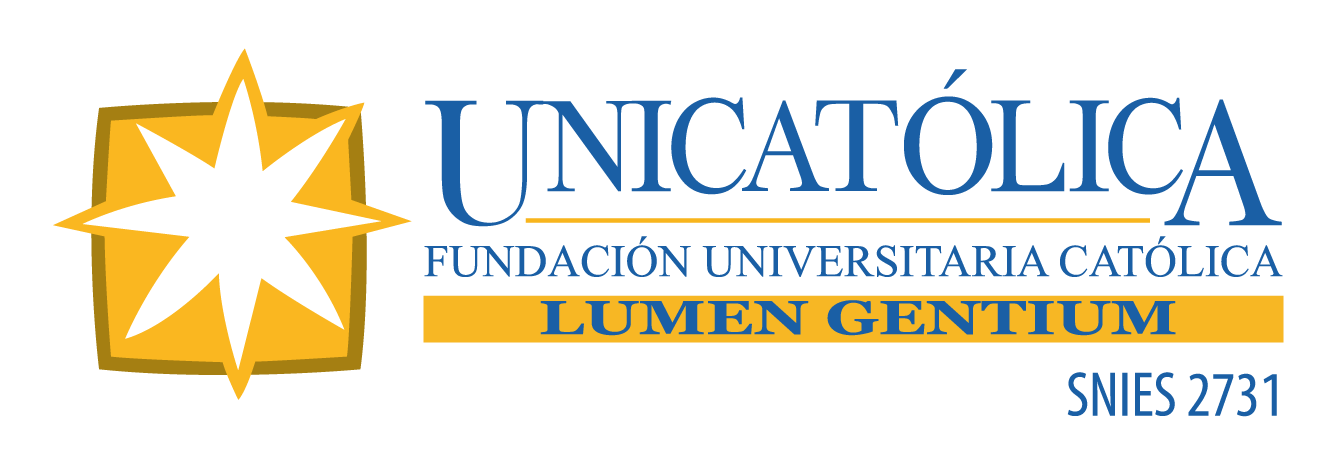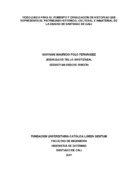Videojuego para el fomento y divulgación de historias que representa el patrimonio histórico, cultural e inmaterial de la ciudad de Santiago de Cali
Resumen
La organización de las Naciones Unidas para la Educación, la Ciencia y la Cultura-Unesco (2011), establece que además de los monumentos, construcciones, sitos con importancia historica, valor arqueológico, antropológico y etnológico, el patrimonio cultural también involucra tradiciones o manifestaciones vivas transmitidas de generación en generación. De esta manera, define el patrimonio cultural como las expresiones y tradiciones orales, gastronomía, artes del espectáculo, rituales, usos sociales, celebraciones festivas, conocimientos y prácticas relacionadas con la naturaleza, el universo, conocimientos y técnicas relacionadas con lo artesanal.
El patrimonio histórico, cultural e inmaterial representa el referente de la identidad de una población, la define, caracteriza su idiosincrasia y su cosmovisión. De esta manera se vincula a las comunidades con su historia, se ratifica el valor histórico de las identidades culturales, factores claves para el entendimiento, el respeto y comprensión de los pueblos con orígenes y culturas diferentes. (Unesco, 2011).
Asimismo, la fuerza de lo cultural e inmaterial se extiende hasta garantizar la preservación de los recursos naturales, el cuidado medio ambiente como el valor turístico de un territorio. En este sentido, cobra gran relevancia la divulgación, preservación y difusión del patrimonio histórico, cultural e inmaterial de Santiago de Cali.
Abstract
The United Nations Organization for Education, Science and Culture-Unesco (2011), states that in addition to monuments, buildings, sites with historical importance, archaeological, anthropological and ethnological value, cultural heritage also involves traditions or manifestations live transmitted from generation to generation. In this way, it defines the cultural heritage as expressions and oral traditions, gastronomy, performing arts, rituals, social uses, festive celebrations, knowledge and practices related to nature, the universe, knowledge and techniques related to craftsmanship.
The historical, cultural and intangible heritage represents the reference of the identity of a population, defines it, characterizes its idiosyncrasy and its cosmovision. In this way, communities are linked to their history, the historical value of cultural identities is confirmed, key factors for understanding, respect and understanding of peoples with different origins and cultures. (Unesco, 2011).
Likewise, the strength of the cultural and intangible extends to guarantee the preservation of natural resources, the care environment as the tourist value of a territory. In this sense, dissemination, preservation and dissemination of the historical, cultural and intangible heritage of Santiago de Cali becomes very important.

